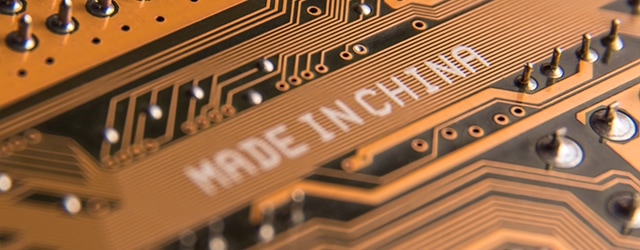China has a new stock market.

China’s latest market reform matches eager investors with competitive tech companies through a new equities platform that boasts fewer rules than traditional exchanges—and huge IPO potential.
The Star Market, formally known as the Science and Technology Innovation Board, opened on the Shanghai Stock Exchange (SSE) on July 22 as the country’s second, Nasdaq-style trading deck. The first, ChiNext, has been on the Shenzhen exchange since 2009.
Day one of trading on the Star Market saw dramatic price swings and a turnover of approximately $7 billion. Twenty-five companies—from private semiconductor materials supplier Anji Microelectronics Technology to state-owned giant China Railway Signal & Communication—raised more than $5 billion combined.
The Star strategy complements China’s ongoing effort to move up the industrial ladder by encouraging entrepreneurship in areas such as advanced electronics, biopharmaceuticals and clean energy. Investors play a key role by, for example, trading the more than 700 companies listed on ChiNext.
Like ChiNext, Star is expected to expand rapidly. UBS predicts fundraising to reach $100 billion by the time regulators work through the current lineup of 120 companies waiting to list on Star. Two companies were approved on August 8.
Eugene Qian, president of UBS Securities, calls Star “an important milestone” for the Shanghai exchange, saying it’s destined to “not only help tech-innovation companies finance and grow quickly, but also develop the capital market through a trial registration system.”
Star’s fresh approach to IPO registration is a stock-exchange reform personally championed by President Xi Jinping, who gave the board the green light in November. Key to the approach is less regulatory oversight, which has been blamed for cumbersome listing procedures on the main exchanges, and higher expectations of accurate information disclosure by companies.
Moreover, in a bow to the invisible hand, regulators agreed to set no price limits for a Star stock’s first five trading days, with a generous 20% limit afterward “to achieve adequate game in the market,” said SSE, whose main board has a 10% limit. Thus, no one seemed too surprised when Anji shares finished the board’s first day a whopping 339% higher.
Star’s mechanism also features relatively relaxed thresholds for trading suspensions.



